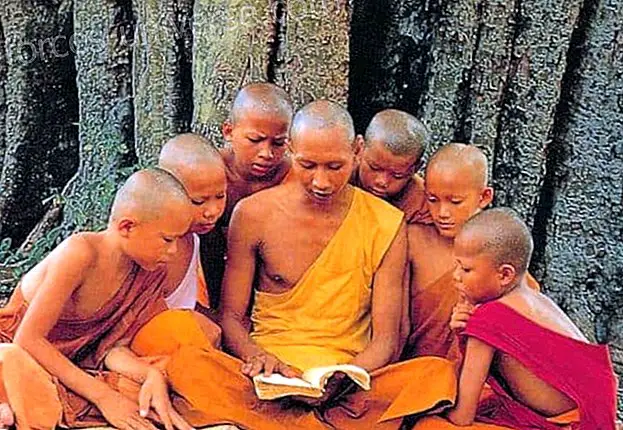There are many issues related to a large number of ways of thinking and beliefs that assail us on a daily basis. For example, if you wonder how the world of theosophy that has come to this day was born, we can help you in this article. We tell you all about the birth of the theosophical movement, take note. You will leave doubts.
Meet the birth of the theosophical movement
In 1873, Blavatsky began the revival of the Theosophical Movement . A movement that had been persecuted in the West for 1500 years. But now, when the time came, and through its lodge, it was wanted to give the world knowledge of what the movement entailed.
Thus, two years later he founded the Theosophical Society . He did it with the help mainly of his first two students: William Judge and Henry Olcott .
For its propagation, in 1878 they did not hesitate to go to India to continue work in the East . There they enjoyed much success, which also caused certain misgivings. Above all, these misgivings came from the missionaries. They saw the diffusion of their religion threatened by theosophy .
The objectives of theosophy
Theosophy had among its objectives to teach the Orientals to appreciate and understand their writings . And, although they tried to ruin the Theosophical Society, they failed.

The Theosophical Movement had three great leaders at the time. On the one hand was Olcott, who was in charge of working in India and Oceania. Then, when he betrayed Blavatsky, he moved away from the Mahatmas.
On the other hand, there was Judge, who remained faithful to Blavatsky and the Mahatmas. He was responsible for propagating this movement in America.
Blavatsky, on the other hand, led the movement in Europe .
In 1891 Blavatsky died and he was relieved in Europe by his outstanding student, Annie Besant. Besant would join Olcott in order to accuse Judge of impostor.
In turn, she became a disciple of Chakravarti . For those who do not know the figure of Chakravarti, say that it belonged to the Orthodox Brahmins. Their goal was to end the Blavatsky Work. This was so because they did not want her to transmit hidden knowledge to Westerners. In fact, it was something they considered a Westerner should do.
The currents of theosophical thought
For his part, Olcott was jealous of Judge . These jealousies came because he did maintain contact with the Mahatmas. Olcott lost it with the death of Blavatsky. In addition, he distrusted the existence of a supposed will in which he bequeathed all his assets to Judge. This confrontation in the end caused the movement to be divided into two currents. On the one hand were the followers of Besant and Olcott. On the other hand, there were Judge's followers.
As for the followers of Besant and Olcott, Besant would end up promoting a new teaching . To do this, he would resort to a series of international tours. This teaching was based on his psychic investigations. However, this teaching was wrong in many respects.

During Besant's term, he introduced several foreign organizations into the Theosophical Society. Among them were co-masonry, the Liberal Catholic Church, The Egyptian Rite, etc. These are still present and have deformed their initial objectives.
Judge's followers are characterized by trying to maintain the original goals set by Blavatsky and the Masters.
As we can see, the birth of the theosophical movement was quite turbulent, but at the same time interesting. Today we can take advantage of the currents to adapt their teachings to our own thinking mechanisms. Be that as it may, it is important to keep alive the movement that these characters started and that contribute so much to society.
Seen in Esoterismo-Guía, by Pedro, editor of the Great White Brotherhood






